The books, TV, games and more that New Scientist staff have enjoyed this week.


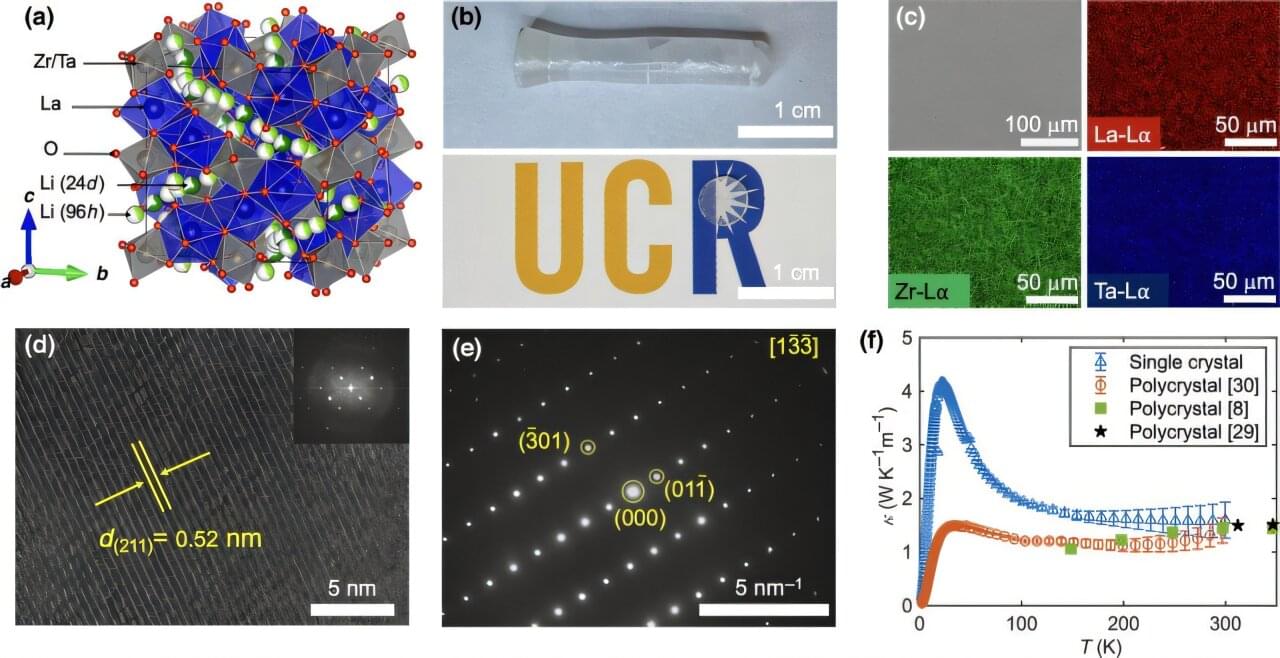
A team of UC Riverside engineers has discovered why a key solid-state battery material stays remarkably cool during operation—a breakthrough that could help make the next generation of lithium batteries safer and more powerful.
The study, published in PRX Energy, focused on a ceramic material known as LLZTO—short for lithium lanthanum zirconium tantalum oxide. The substance is a promising solid electrolyte for solid-state rechargeable batteries, which could deliver higher energy density than today’s lithium-ion batteries while reducing overheating and fire risks.
The study’s title is “Origin of Intrinsically Low Thermal Conductivity in a Garnet-Type Solid Electrolyte: Linking Lattice and Ionic Dynamics with Thermal Transport.”
3D printing is extremely practical when you want to produce small quantities of customized components. However, this technology has always had one major problem: 3D printers can only process a single material at a time. Until now, objects with different material properties in different areas could only be 3D-printed at great expense, if at all.
Researchers at TU Wien have now developed methods for giving a 3D-printed object not only the desired shape, but also the desired material properties, point by point.
The versatility of this technology has been demonstrated in several applications: for example, it is possible to print an invisible QR code that only becomes visible at certain temperatures.

A team of astronomers led by Paulo Cortes, a scientist with the U.S. National Science Foundation National Radio Astronomy Observatory and the Joint ALMA Observatory, have made a groundbreaking discovery about how young star systems grow.
Using the powerful Atacama Large Millimeter/submillimeter Array (ALMA), their team observed— for the first time ever— a narrow, spiral-shaped streamer of gas guided by magnetic fields, channeling matter from the surrounding cloud of a star-forming region in Perseus, directly onto a newborn binary star system.
The work is published in The Astrophysical Journal Letters.
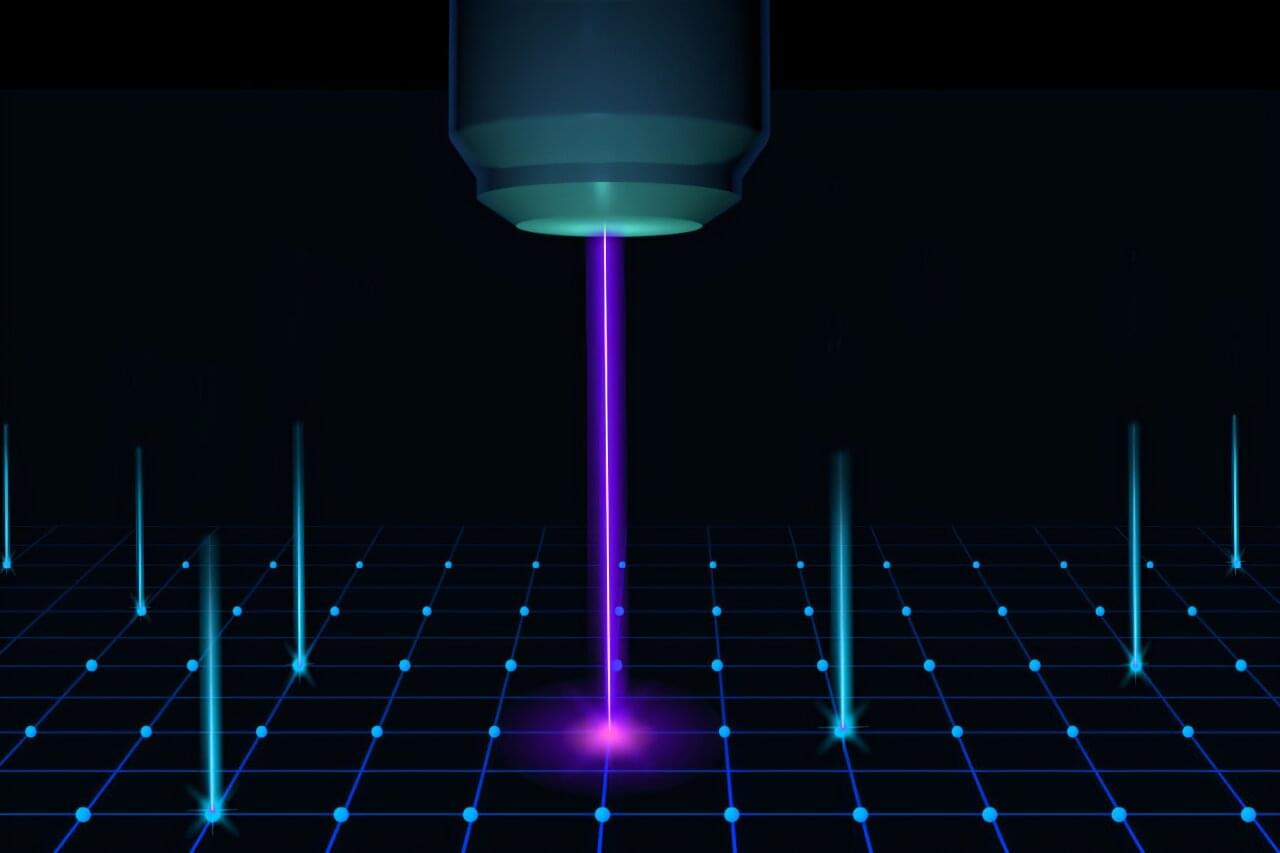
If you think of a single atom as a grain of sand, then a wavelength of visible light—which is a thousand times larger than the atom’s width—is comparable to an ocean wave. The light wave can dwarf an atom, missing it entirely as it passes by. This gulf in size has long made it impossible for scientists to see and resolve individual atoms using optical microscopes alone.
Only recently have scientists found ways to break this “diffraction limit,” to see features that are smaller than the wavelength of light. With new techniques known as super-resolution microscopy, scientists can see down to the scale of a single molecule.
And yet, individual atoms have still been too small for optical microscopes —which are much simpler and less expensive than super-resolution techniques—to distinguish, until now.

Under certain conditions, two-dimensional (2D) materials can exhibit remarkable quantum states, including superconductivity and unusual types of magnetism. Scientists and engineers have long sought to understand why these phases appear and how they might be controlled.
A new study published in Nature Physics has identified a previously unnoticed characteristic that may shed light on the origins of these mysterious quantum behaviors.

Two-dimensional (2D) materials, which are only a few atoms thick, are known to exhibit unique electrical, mechanical and optical properties, which differ considerably from the properties of bulk materials. Some recent studies have also been probing these materials’ “transparency” to intermolecular interactions, such as van der Waals (vdW) forces—weak forces arising from fluctuating electrical charges, which prompt the attraction between molecules or surfaces.
Determining the extent to which these forces are screened by atomically thin materials could have important implications for the development of various technologies based on 2D materials.
Researchers at Peking University, Nanjing University of Aeronautics and Astronautics and Tsinghua University recently set out to shed light on whether 2D graphene systems fully transmit, partially screen or block vdW interactions.
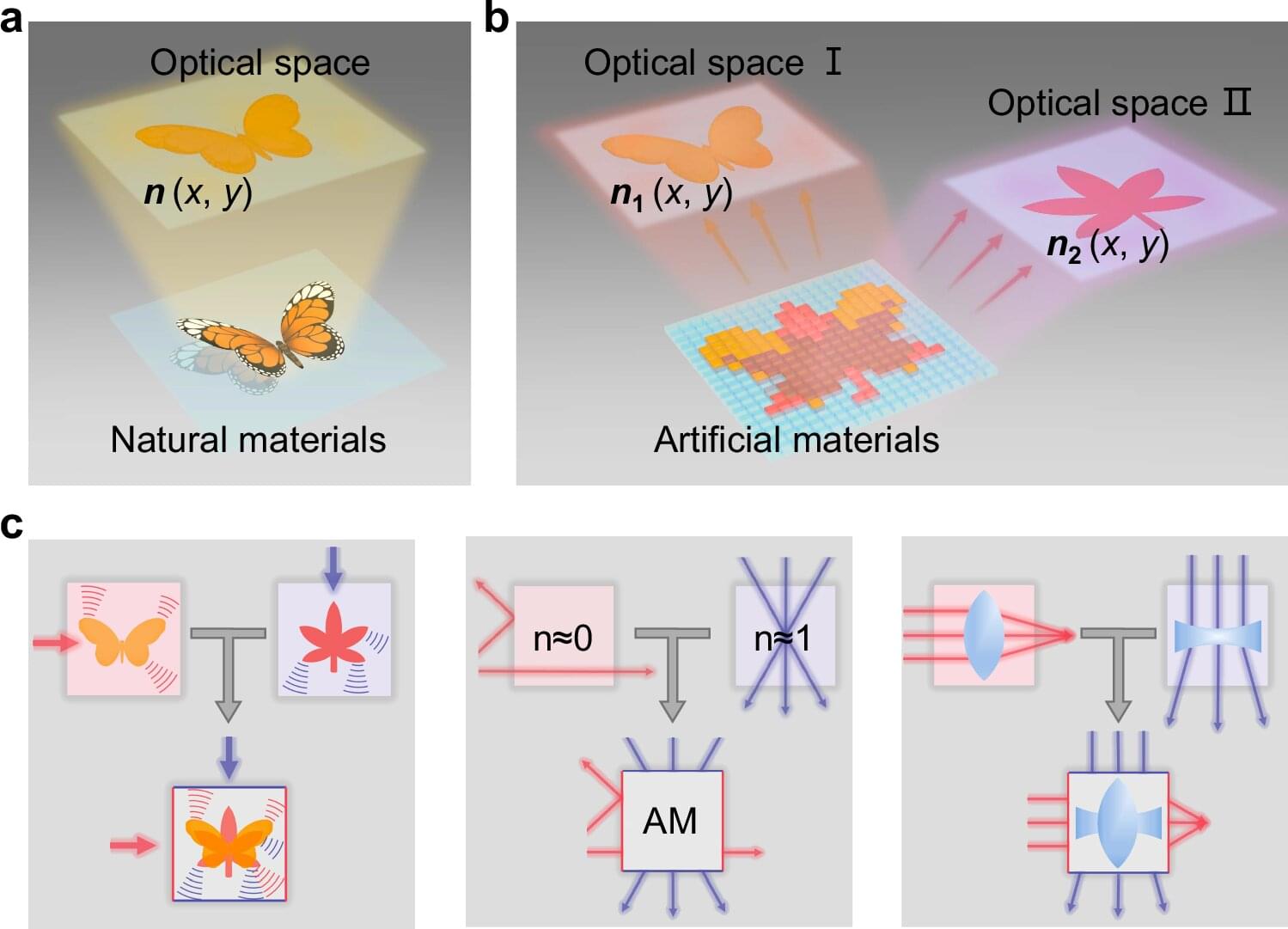
Researchers have harnessed nonlocal artificial materials to create optical systems that emulate parallel spaces, wormholes, and multiple realities. A single material acts as two distinct optical media or devices simultaneously, allowing light to experience different properties based on entry boundaries. Demonstrations include invisible optical tunnels and coexisting optical devices, opening new avenues for compact, multifunctional optical devices by introducing nonlocality as a new degree of freedom for light manipulation.
What if a single space could occupy two different objects at once, depending on how photons access this space? Scientists have brought this sci-fi concept to life, creating optical systems that mimic the exotic phenomena of parallel universes and wormholes.
In a study published in Nature Communications, researchers in China used nonlocal artificial materials to develop “photonic parallel spaces.”
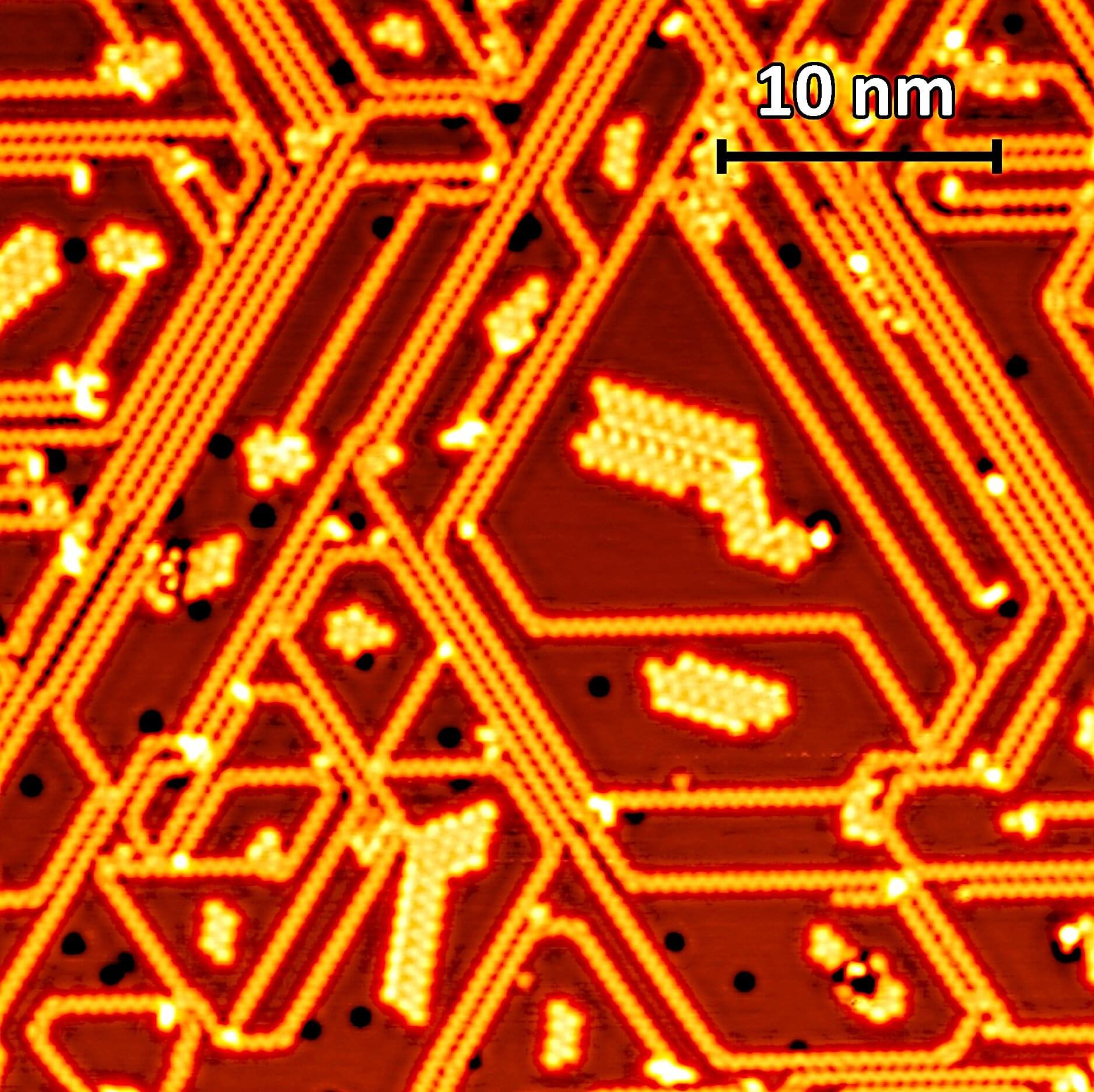
For the first time, a team at BESSY II has succeeded in demonstrating the one-dimensional electronic properties of a material through a highly refined experimental process.
The samples consisted of short chains of phosphorus atoms that self-organize at specific angles on a silver substrate. Through sophisticated analysis, the team was able to disentangle the contributions of these differently aligned chains. This revealed that the electronic properties of each chain are indeed one-dimensional. Calculations predict an exciting phase transition to be expected as soon as these chains are more closely packed. While material consisting of individual chains with longer distances is semiconducting, a very dense chain structure would be metallic.
The work is published in the journal Small Structures.
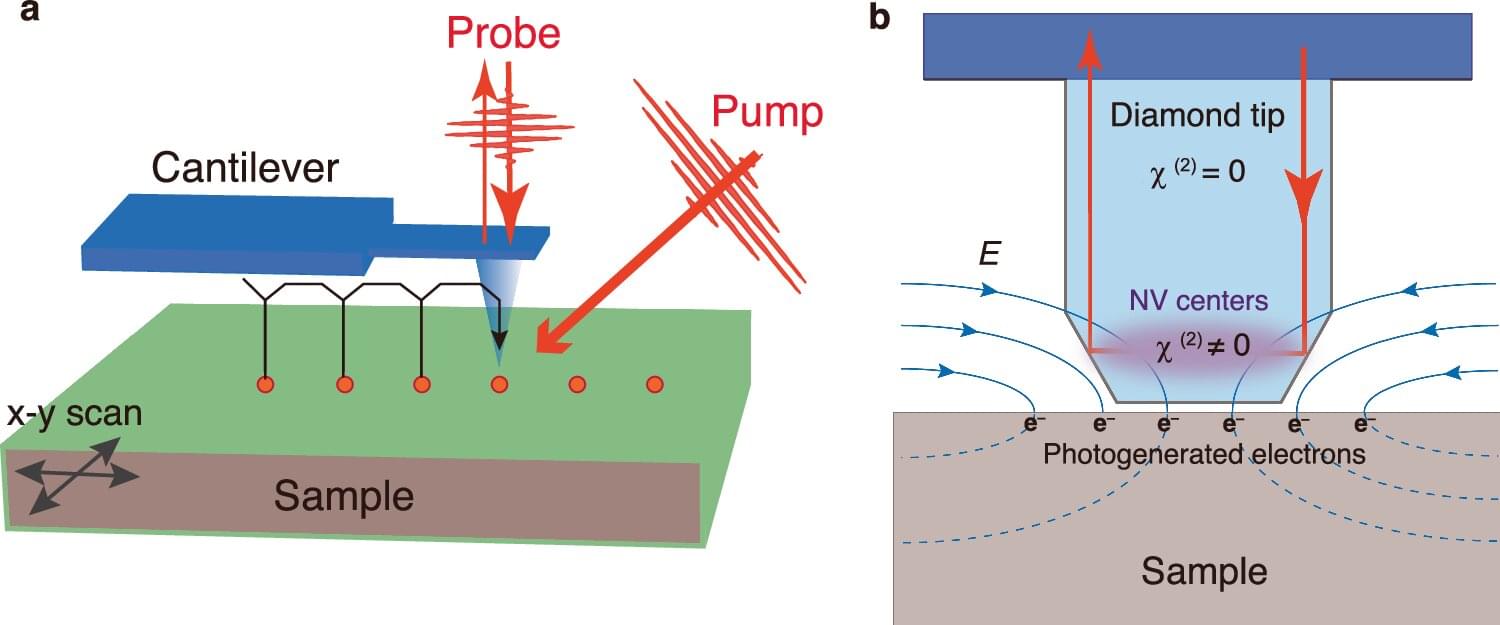
Researchers at University of Tsukuba have successfully measured electric fields near the surfaces of two-dimensional layered materials with femtosecond temporal and nanometer spatial resolution. They employed a diamond containing a nitrogen-vacancy center—a lattice defect—as a probe within an atomic force microscope, enabling atomic-scale spatial precision.
When nitrogen is incorporated as an impurity in a diamond crystal, the absence of a neighboring carbon atom forms a nitrogen-vacancy (NV) center. Applying an electric field to diamond containing NV centers modifies its refractive index, a phenomenon known as the electro-optic (EO) effect. Notably, this effect has not been observed in pure diamond alone.
In previous work, the research team used a femtosecond laser to detect lattice vibrations in diamond with high sensitivity by measuring the EO effect in high-purity diamond containing NV centers. These results demonstrated that diamond can act as an ultrafast EO crystal and serve as a probe—termed a diamond NV probe—for measuring electric fields.